Aluminum alloys stand at the forefront of modern manufacturing, celebrated for their remarkable lightness and exceptional strength-to-weight ratio. These versatile materials are created by blending aluminum with various elements such as copper, magnesium, silicon, and zinc, each contributing unique properties that tailor the alloys to specific applications. From consumer electronics and packaging to automotive and aerospace components, aluminum alloys have become indispensable across a multitude of industries. This article delves into the definition, traits, categories, characteristics, and diverse applications of aluminum alloys, exploring how their distinctive compositions make them suitable for a wide range of uses.
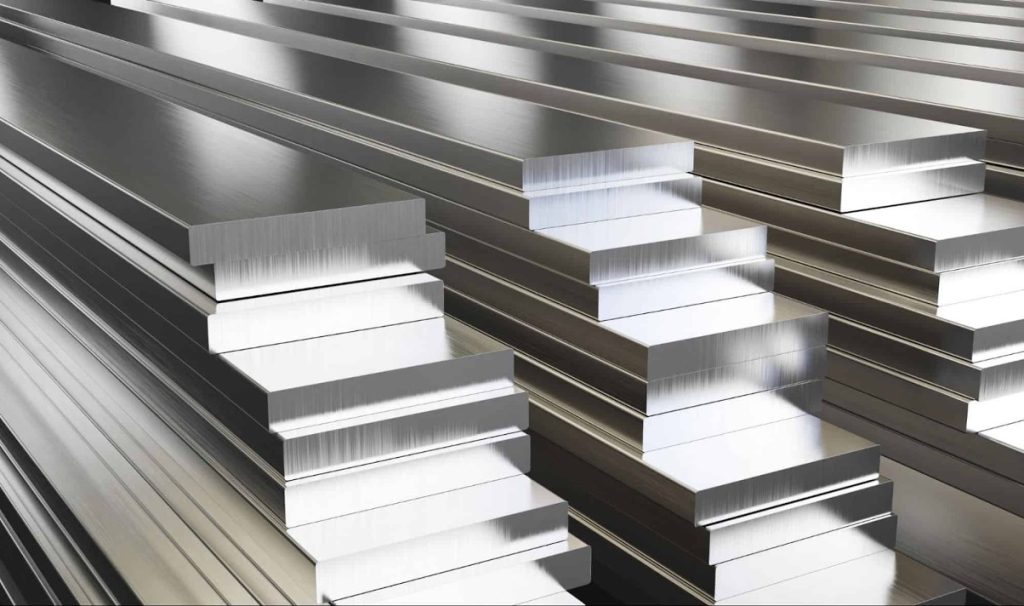
Aluminum Alloys have become indispensable across a multitude of industries
Aluminum alloy is a type of metal made by mixing aluminum with other elements like copper, magnesium, silicon, zinc, and manganese. These elements are added in specific amounts to give the alloy certain qualities needed for different uses. For example, adding magnesium can make aluminum stronger and lighter, which is perfect for making airplane and car parts. Aluminum alloys are popular in many industries because they are lightweight, resist rust, and conduct heat well. You’ll find aluminum alloys in all kinds of products, from electronics and packaging to cars and airplanes. For more details, check out our guide on aluminum.
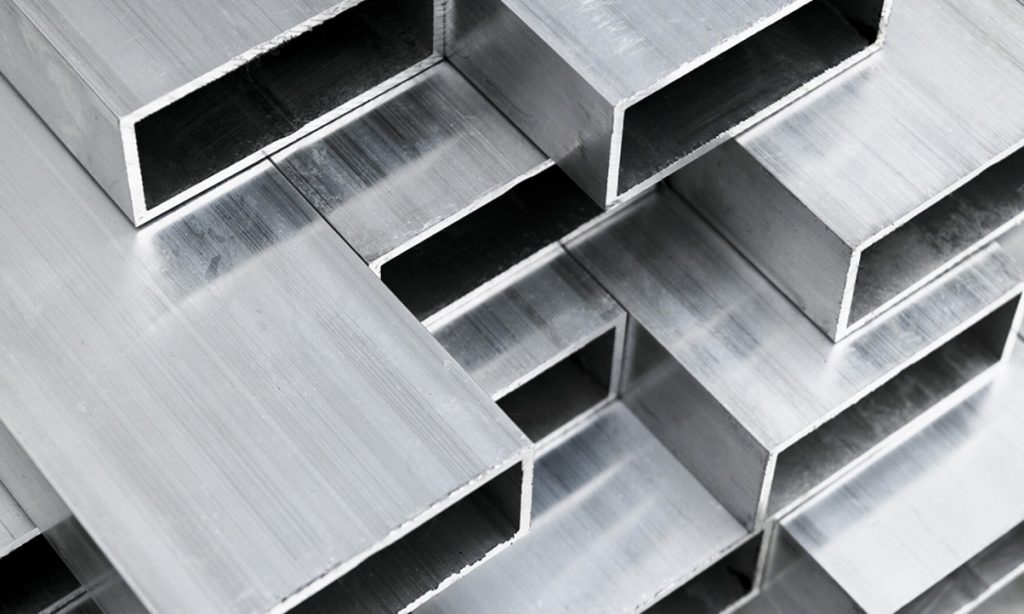
Aluminum alloy is a type of metal made by mixing aluminum with other elements
People have known about natural compounds with aluminum for a long time, but it wasn’t until 1825 that aluminum was recognized as a metal. This discovery was attributed to two scientists: German chemist Friedrich Wöhler and Danish physicist Hans Christian Ørsted. Following its discovery, aluminum was notoriously difficult and costly to produce, often exceeding the value of gold.
The situation improved in 1856 when French chemist Henri Étienne Sainte-Claire Deville found a way to produce aluminum on an industrial scale, which made it much cheaper. However, it took another 50 years for the first strong aluminum alloy, called duralumin, to be created. Duralumin was designed with strength in mind and was used for military and industrial purposes. This development marked a significant step forward in making aluminum alloys practical and widely used in various industries.
Aluminum alloys are made by combining aluminum with various elements to enhance their properties. Here are some typical elements found in aluminum alloys:
Many other metallic and non-metallic elements can be added to aluminum alloys to further enhance their properties. For instance, chromium can be used to increase corrosion resistance, while manganese can be added to improve strength and toughness. This diversity enables a wide range of aluminum alloys, each possessing distinct properties and suitable for specific applications.
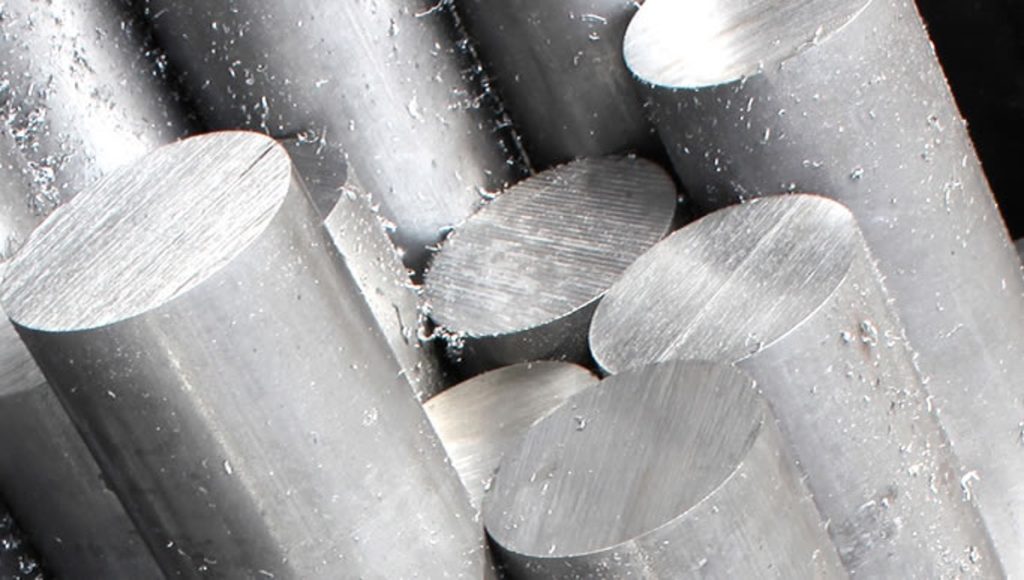
Aluminum Alloys Composition
Here are some key characteristics of aluminum alloys:
These traits can vary significantly depending on the specific alloy, so it’s essential to refer to the relevant material data sheet for precise information on a given alloy’s characteristics.
Most aluminum alloys have a metallic silver-gray color. This color comes from the thin layer of aluminum oxide that naturally forms on the surface of the material. However, different finishing techniques like anodizing, painting, or powder coating can change the appearance of aluminum alloys, allowing for a variety of colors and finishes.
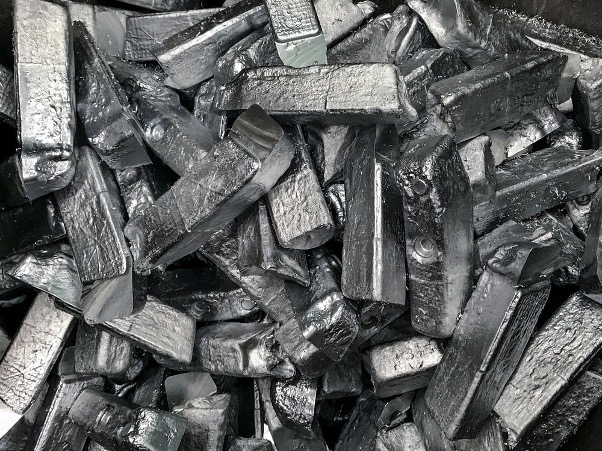
Most aluminum alloys have a metallic silver-gray color
Aluminum alloys are categorized into different series based on their chemical composition and physical characteristics. Below are some of the main aluminum alloys’s types:
The 2000 series of aluminum alloys mainly incorporates copper as the alloying element, thereby enhancing their strength properties. These alloys are known for their machinability, ability to withstand high temperatures, and capacity for heat treatment. They are particularly valued in military, aerospace, and other high-performance applications. The specific copper content and other trace elements vary among different alloys within the 2000 series.
The 3000 series of aluminum alloys relies on manganese as its primary alloying element, improving the metal’s resistance to corrosion and enhancing its formability. These alloys are non-heat-treatable and possess moderate strength. They are utilized in various applications such as cookware, automotive components, and construction materials. Additionally, they are well-suited for welding and anodizing processes.
The 4000 series of aluminum alloys primarily incorporates silicon as the main alloying component, providing excellent molten fluidity and minimal shrinkage during solidification. These alloys are characterized by their good machinability, moderate strength, and effective resistance to corrosion. They are commonly employed in the automotive industry for applications such as engine blocks and components requiring efficient heat dissipation. For further details, refer to our guide on Silicon.
The 5000 series of aluminum alloys primarily feature magnesium as the main alloying element. These alloys are commonly used in applications such as vehicles, pressurized vessels, and bridges.
The 6000 series of aluminum alloys incorporate magnesium and silicon as the primary alloying elements. These alloys are characterized by their good strength, substantial resistance to atmospheric corrosion, and machinability. They are widely utilized in structural components across the aerospace, automotive, and construction industries.
The 7000 series of aluminum alloys is a heat-treatable group that primarily incorporates zinc, along with smaller amounts of copper, magnesium, and other elements. These alloys are renowned for their high strength, good toughness, and exceptional fatigue resistance. They find extensive use in aircraft and aerospace applications, as well as in high-performance sporting goods. Despite their strong corrosion resistance and weldability, precautions are necessary during welding to prevent cracking.
Aluminum alloy is a metallic material made mostly of aluminum, with additional elements like copper, magnesium, manganese, silicon, or zinc mixed in. The exact blend of these elements determines the specific kind of alloy. Aluminum alloys are widely used in construction, automotive, and aerospace industries. They are prized for their strength, light weight, and resistance to rust. These alloys play a crucial role in making durable and versatile products for various purposes.
Aluminum alloys exhibit various physical and chemical properties that vary based on the alloying elements and specific composition. Tables 1 and 2 provided below outline some of these common aluminum alloys properties.
Table 1: Physical Properties of Selected Aluminum Alloys
| Aluminum Alloy Type | Density (g/cm³) | Thermal Conductivity (W/mK) | Electrical Conductivity (%IACS) | Coefficient of Thermal Expansion (10^-6/K) | Specific Heat Capacity (J/kg K |
| 1100 | 2.71 | 222 | 61.8 | 23.6 | 904 |
| 2024 | 2.78 | 121 | 49 | 23.2 | 875 |
| 3003 | 2.73 | 190 | 40 | 23.1 | 893 |
| 5052 | 2.68 | 105 | 35 | 23.8 | 880 |
| Aluminum alloys 6061 | 2.70 | 152 | 43 | 23.2 | 897 |
| 7075 | 2.81 | 130–150 | 37 | 23.6 | 714.8 |
Table 2: Comparison of Chemical Properties of Selected Aluminum Alloys
| Aluminum Alloy Type | Composition | Corrosion Resistance | Weldability | Machinability | Anodizing Response |
| 1100 | 99.95% Al, 0.05–0.20% Cu, Iron: 0.95% max. | Good | Good | Good | Poor |
| 2024 | 93.50% Al, 4.3–4.5% Cu, 0.5–0.6% Mn, 1.3–1.5% Mg | Poor | Poor | Good | Poor |
| 3003 | 98.60% Al, 1.20% Mn, 0.12 Cu | Good | Good | Good | Poor |
| 5052 | 97.25% Al, 2.50% Mg, 0.25% Cr | Good | Good | Poor | Good |
| Aluminum alloys 6061 | 97.90% Al, 0.60% Si, 1.0% Mg, 0.2% Cr, 0.28% Cu | Good | Good | Good | Good |
| 7075 | 1.60% Cu, 5.60% Zn, 90.00% Al, 2.50% Mg | Poor | Poor | Fair | Good |
Aluminum alloys are valued across multiple industries for their outstanding qualities such as low weight, high strength, corrosion resistance, and ease of shaping. Here are some of aluminum alloys uses:
Aluminum alloys are prized for their lightweight nature and resistance to corrosion. They are employed in boats, ships, engine blocks, body panels, and structural components across the railway, automotive, and marine industries.
Aluminum alloys are utilized as conductors in power transmission lines, electrical wires, and electronic components. Their low density is advantageous in power transmission lines where weight is a concern. Aluminum alloys also excel in electronic devices, offering excellent heat dissipation and thermal management capabilities. Overall, they provide cost-effective, durable, and efficient solutions for electrical components.
Aluminum alloys are frequently used in consumer goods due to their lightweight nature and corrosion resistance. Products such as automobile parts, cookware, electronics, and beverage cans often feature aluminum alloys. Their durability, strength, and recyclability further enhance their appeal in consumer goods.
Aluminum alloy is employed in diverse medical equipment, including wheelchairs, hospital beds, and surgical instruments. Aluminum alloys’s low density, strength, and resistance to corrosion make it well-suited for these applications. Aluminum alloy is also used in medical implants such as bone plates and screws due to its biocompatibility. This ensures medical devices are durable and resistant to rust and other forms of corrosion, crucial for their reliability in healthcare settings.
Aluminum alloys are essential in construction for windows, doors, roofing, siding, and framing. Their strength, light weight, and resistance to corrosion make them ideal for harsh outdoor environments. Aluminum alloys can be shaped into various forms with ease, offering flexibility in design and construction applications for the uses of aluminum alloys.

Aluminum Alloys’s applications
Aluminum alloys offer several advantages, including:
Aluminum alloys have certain limitations, including:
Aluminum alloy is indeed a metal. Aluminum itself belongs to the group of elements known as metals. When combined with other metals like copper, magnesium, or zinc, it forms alloys that are highly valued in various industries for their low density, high strength, and corrosion resistance.
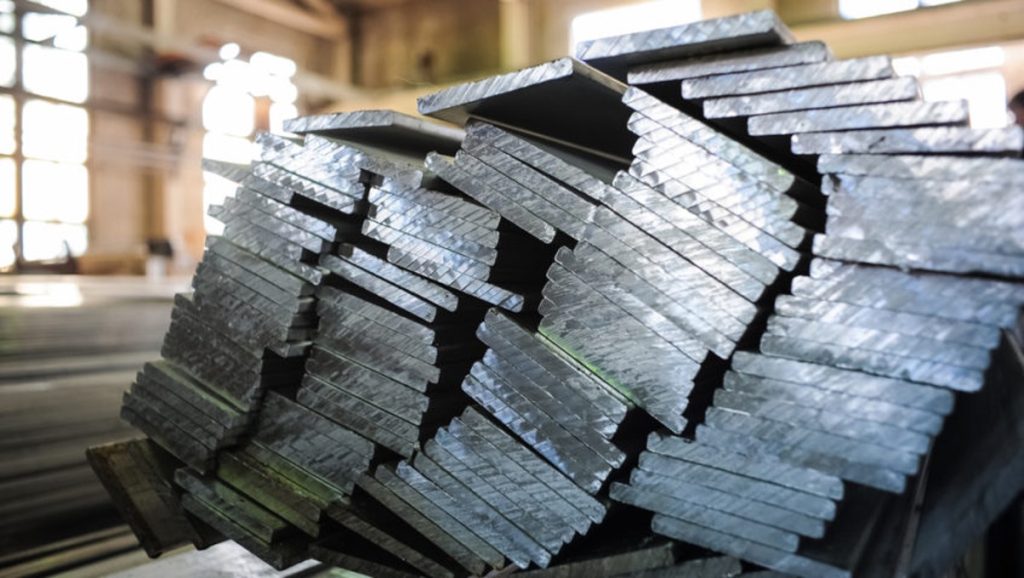
Aluminum alloys that are highly valued in various industries for their low density, high strength, and corrosion resistance.
The term “alloy” typically denotes a mixture of two or more metals or a metal combined with a nonmetal. On the other hand, “aluminum alloy” specifically refers to alloys where aluminum serves as the primary or base metal. Thus, while all aluminum alloys are indeed alloys, not all alloys necessarily contain aluminum.
Aluminum is a fundamental metallic element listed on the periodic table, whereas an alloy constitutes a blend of two or more metals or a metal paired with a nonmetal. In essence, aluminum is a fundamental, unmixed metal, whereas an alloy is a blend of different metals or elements.
In conclusion, aluminum alloys represent a versatile and valuable category of materials with numerous applications across industries. They combine the inherent properties of aluminum—such as low density, high strength-to-weight ratio, and corrosion resistance—with enhanced characteristics derived from alloying elements like copper, magnesium, and zinc. From transportation and construction to consumer goods and medical equipment, aluminum alloys play a crucial role in modern manufacturing and engineering.
Visit our website today to discover more or to request a free, no-obligation quote tailored to your project.
EXPLORE MORE
Address
Website: https://stavianmetal.com
Email: info@stavianmetal.com
